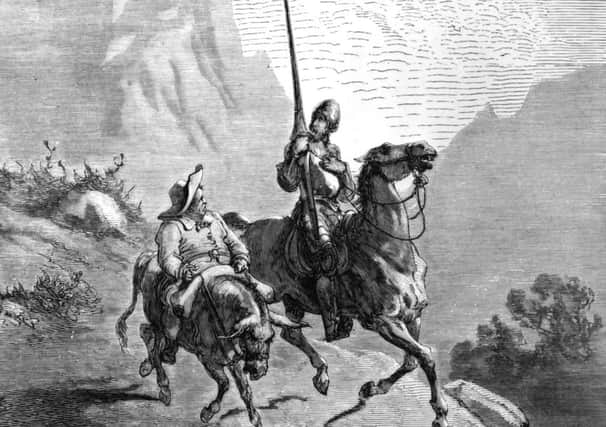Bones found as experts search for Cervantes


Radar operator Luis Avial said Monday the areas containing evidence of bone remains were found in the Convent of the Barefoot Trinitarians in Madrid, where the “Don Quixote” author was buried in 1616.
Exploration began in May to find the exact whereabouts of the writer’s remains.
Advertisement
Hide AdAdvertisement
Hide AdWith initial radar tests concluded, the team hopes to begin excavation and complete forensic identification this year.
The experts hope Cervantes’ teeth and three musket shots he received as a soldier will help with identification.